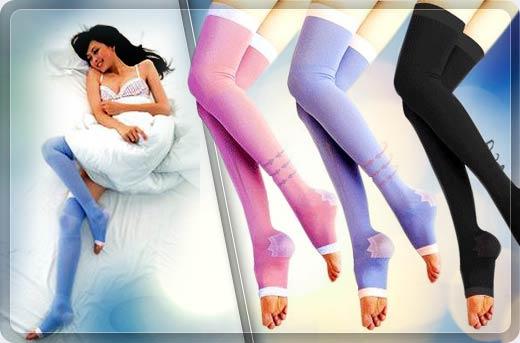Thrombosis: effective protection while traveling
Summer time is equal travel time: While some enjoy the beautiful weather at home, it attracts others in the distance. Especially before long flights, many tourists worry about thrombosis. So what are the risk factors, and this can prevent venous disease effectively?
 Thrombosis is referred to as the occlusion of a blood vessel by a so-called “thrombus”, a blood clot. In most cases, deep leg or pelvic veins are affected. The symptoms include pain and swelling of the leg and blue staining or the wade – depending on where the blockage is located. To prevent possible complications such as embolism or stroke prevention, thrombosis should be treated as soon as possible: The therapy consists of a drug removal of the clot and the application of a compression bandage. Americans wide ill annually about one person in a thousand; Women are affected slightly more often. In addition, various risk factors play a role:
Thrombosis is referred to as the occlusion of a blood vessel by a so-called “thrombus”, a blood clot. In most cases, deep leg or pelvic veins are affected. The symptoms include pain and swelling of the leg and blue staining or the wade – depending on where the blockage is located. To prevent possible complications such as embolism or stroke prevention, thrombosis should be treated as soon as possible: The therapy consists of a drug removal of the clot and the application of a compression bandage. Americans wide ill annually about one person in a thousand; Women are affected slightly more often. In addition, various risk factors play a role:
- Age
- Weight
- Thrombosis within the relationship
- Bleeding disorders
- Smoking
- Varicose veins
- Taking hormones (birth control pills or hormone replacement therapy during menopause)
- Diabetes
- Pregnancy
- Thrombosis in the past
While some of these risks can not be off, other factors may well be affected.
Minimize thrombosis risk in the long term.
If you want to prevent thrombosis effectively, so it should known risks – if changed – minimize. Obesity can degrade slowly but steadily through a balanced diet and regular exercise. Sports such as swimming, walking, cycling or dancing where the calf muscles are strengthened, have a positive effect on blood flow in the leg veins; special gymnastics for the veins is recommended. That you should stop smoking, of course by itself, does it affect but by far not only destructive to the blood flow out. With a tendency to venous problems, the vessels may not be permanently constricted as it is about the legs crossed beat the case. Compression stockings should be consistently carry and take prescribed medications as directed by your doctor regularly.
Avoid DVT.
Although the probability of DVT is already lower than generally assumed, but can the risk by using less measures further reduced. Regular exercise – whether in the form of foot exercises sitting down, either by up-and-down walking on the aircraft aisle – stimulates blood circulation. The fluid intake should agree: Recommended 250 milliliters per two hours form of (silent) mineral water, diluted fruit juice or tea. Who wears loose clothing and wide shoes, traveling not only convenient, but not constrained also the vessels. Furthermore, support or compression stockings to reduce the risk of thrombosis. Prescription available creams veins or tablets based on natural ingredients such as horse chestnut or vine alleviate the symptoms of heavy, tired legs. Heed to these measures to get relaxed and healthy at the destination.